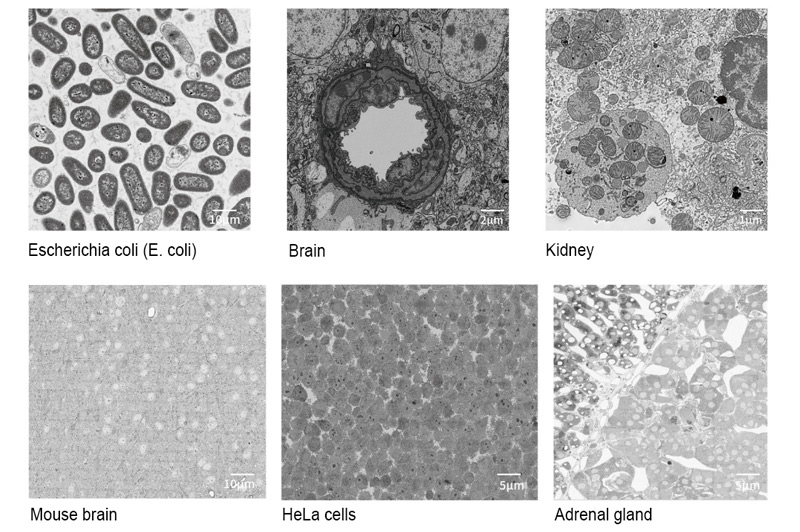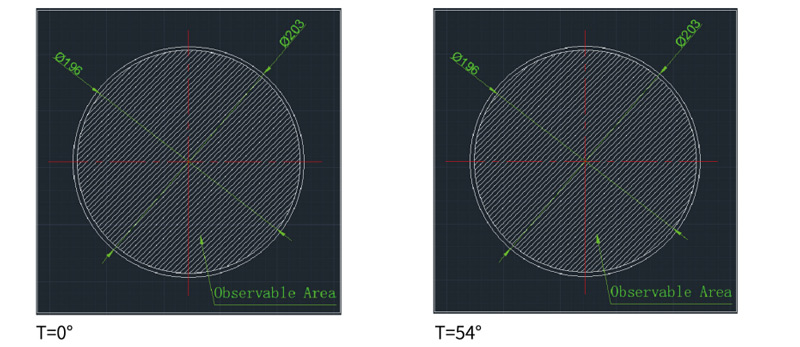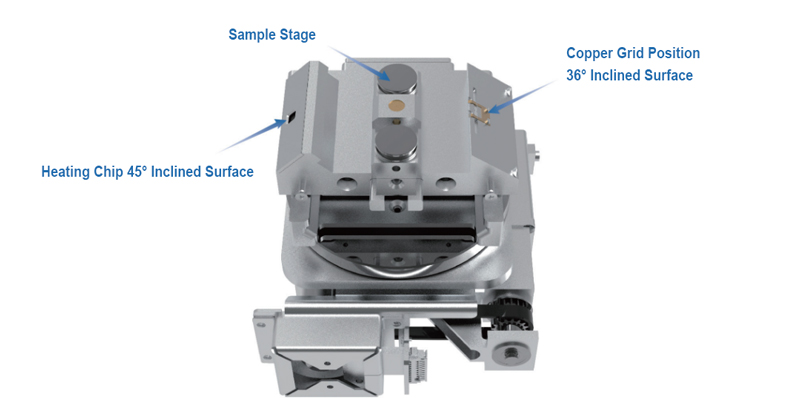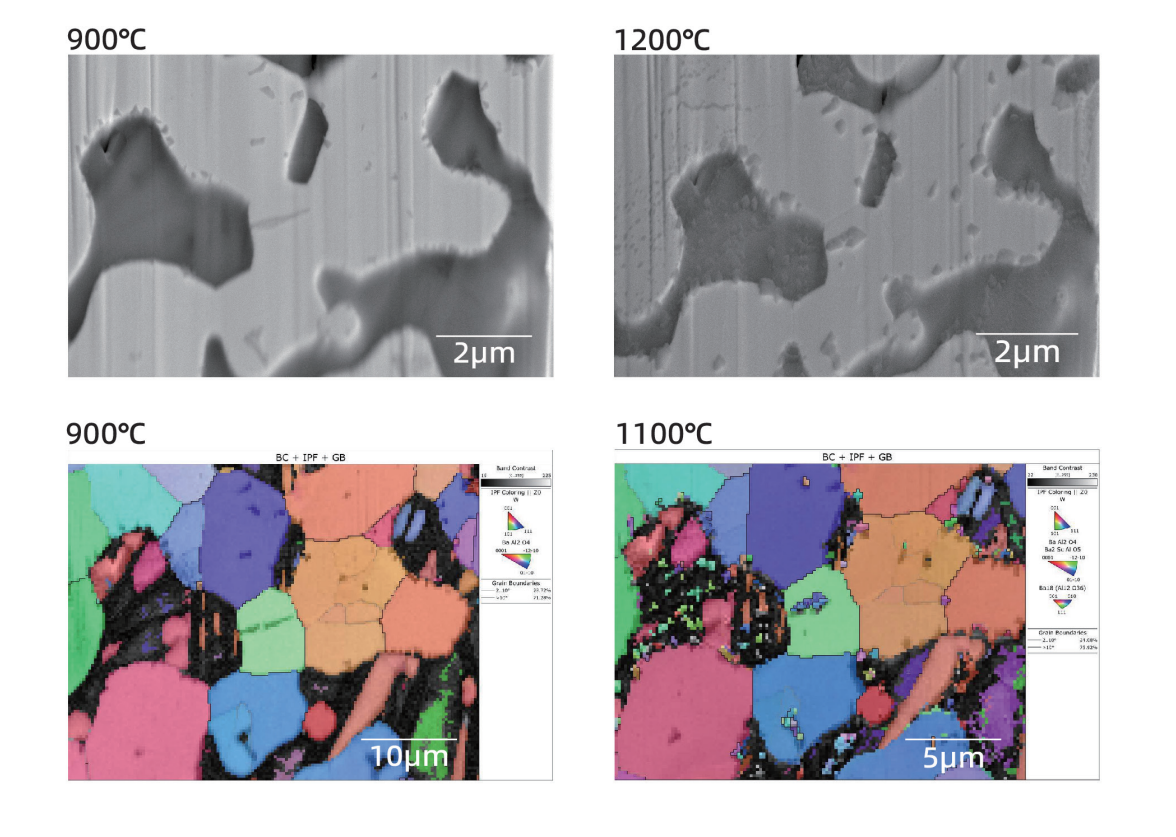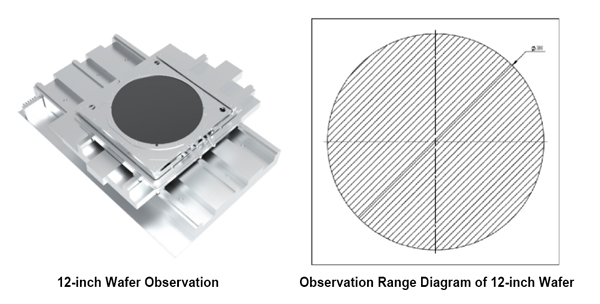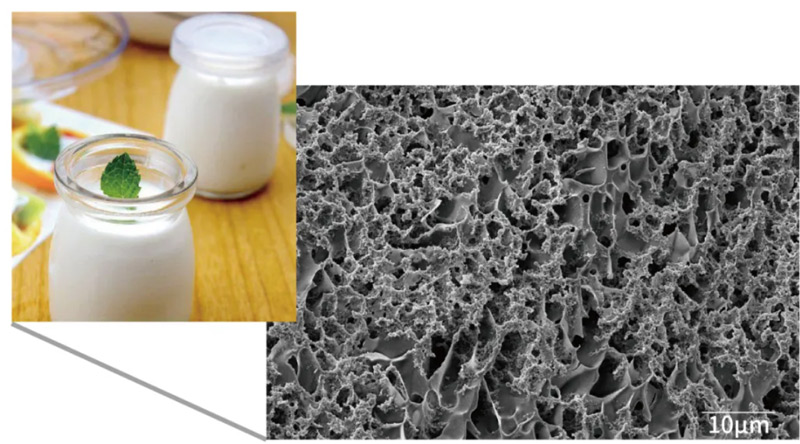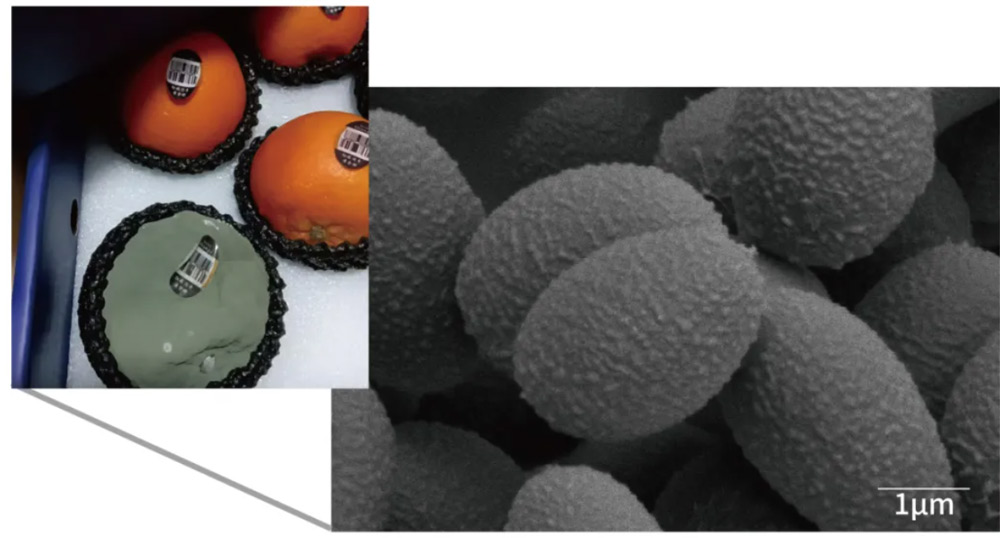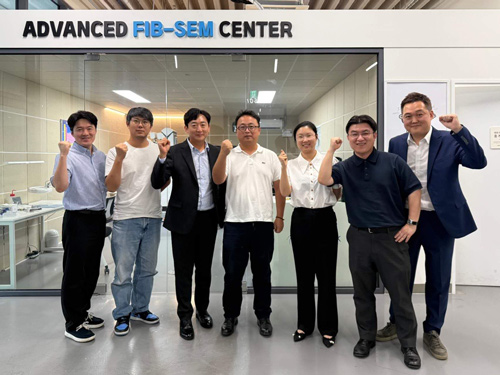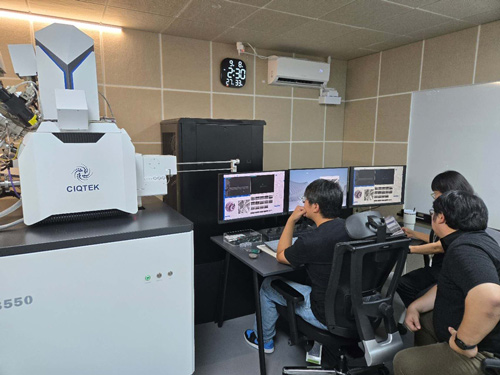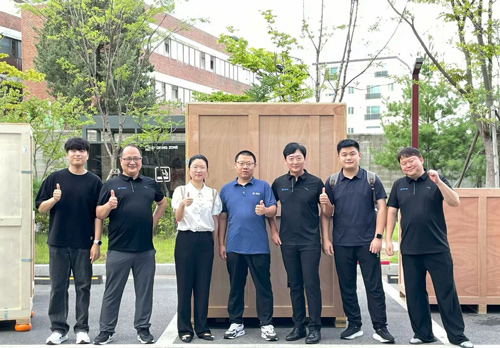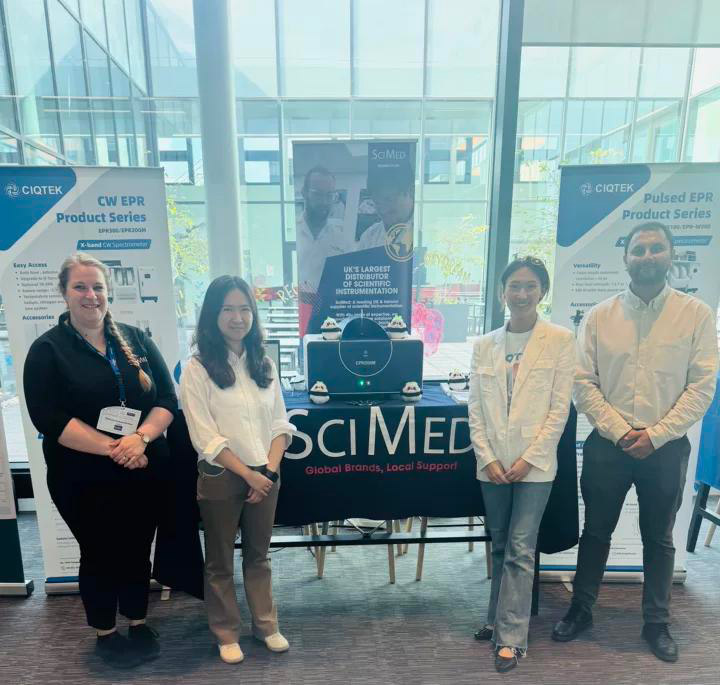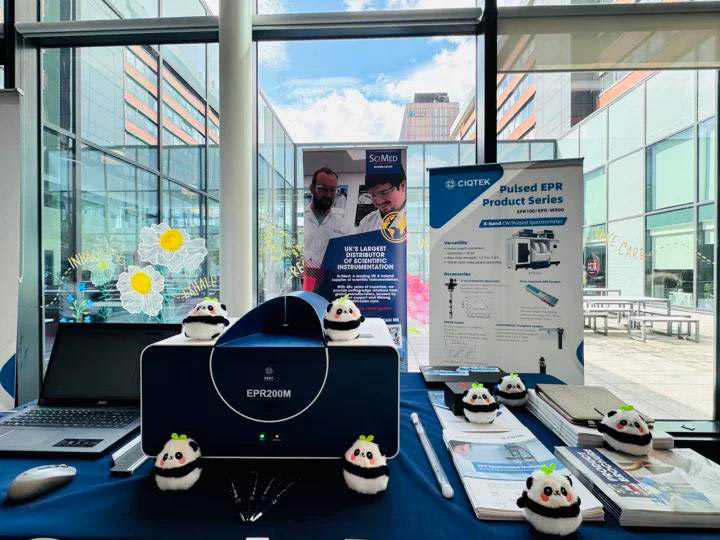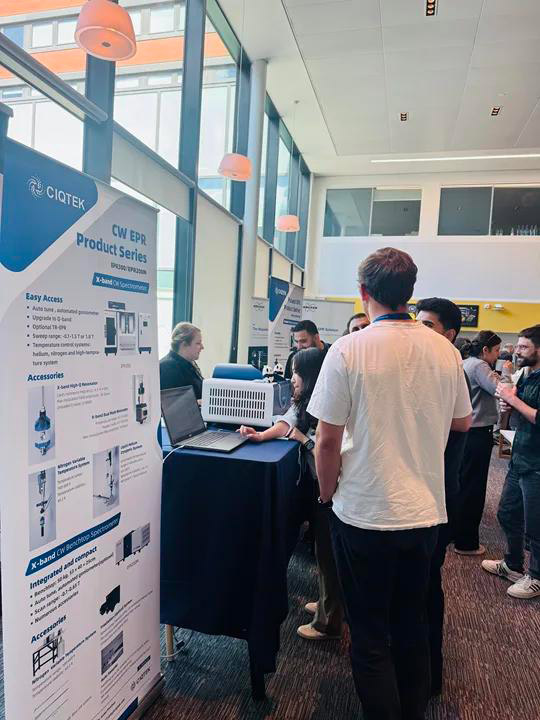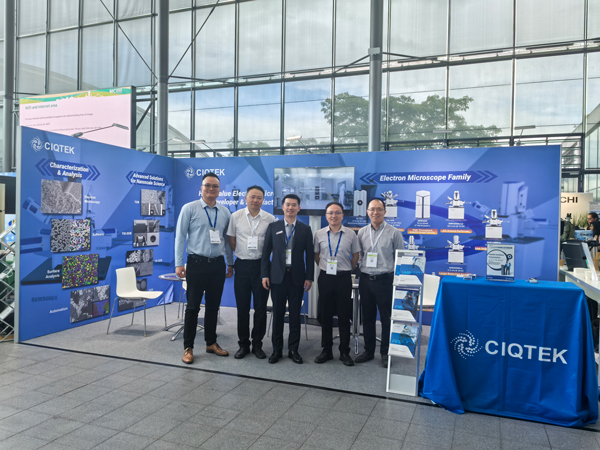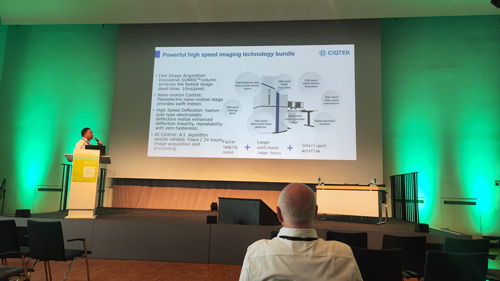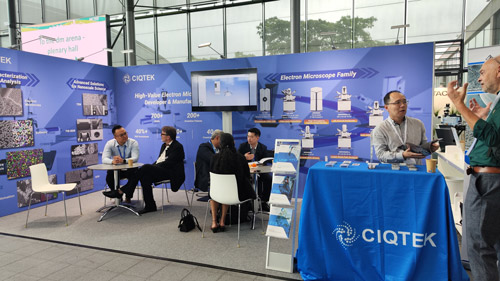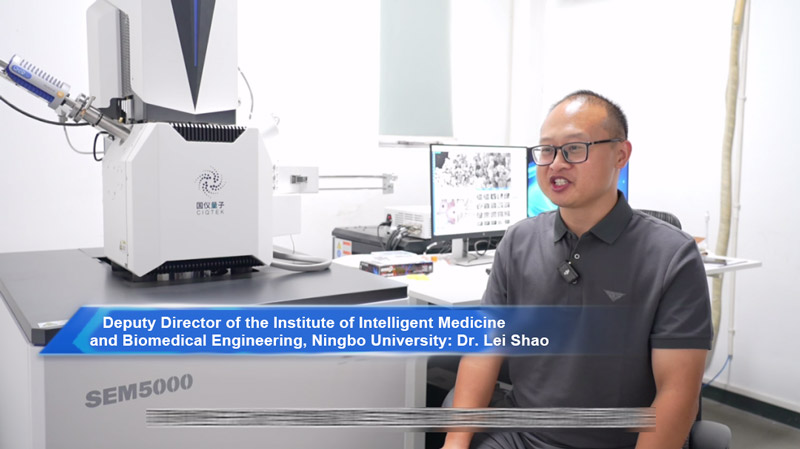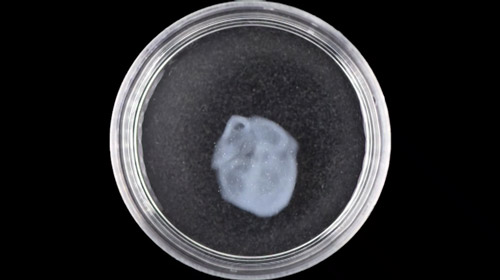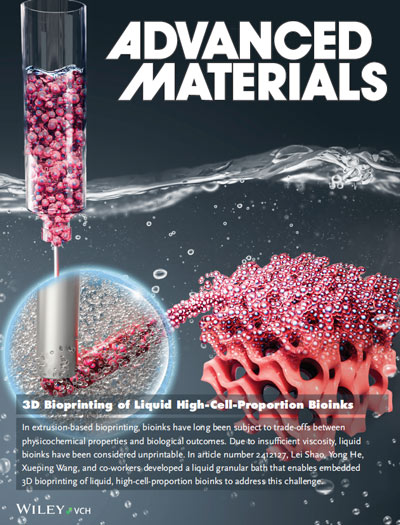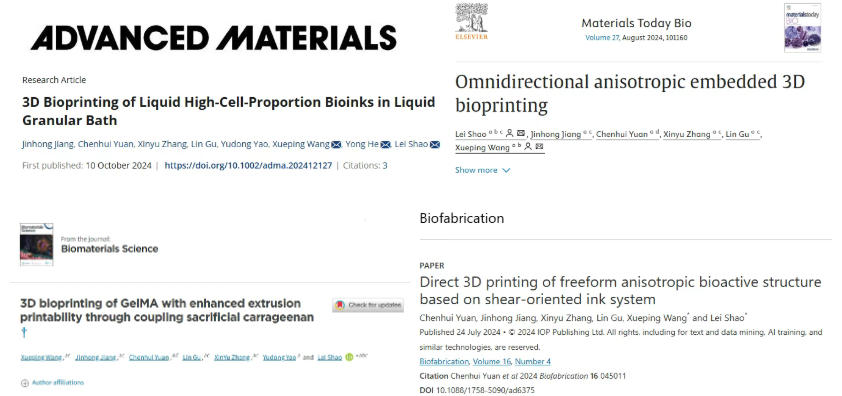Research on the microscopic behavior of materials is entering a new era of multi-scenario coupling and in-situ dynamic characterization. CIQTEK has launched an innovative In-situ Mechanical Testing Solution, designed with outstanding openness and compatibility. It enables seamless integration of CIQTEK’s full range of electron microscopes with mainstream in-situ testing devices, providing a flexible and efficient platform for coupled analysis in diverse research scenarios.
Breaking the limitations of closed systems, the solution integrates all critical elements required for in-situ EM adaptability, featuring:
-
High beam current: >100 nA, ideal for fast EDS/EBSD analysis
-
Large space: 360 × 310 × 288 mm (L × W × H)
-
High load capacity: 5 kg (up to 10 kg with custom fixtures)
-
Multi-view CCDs: ensuring system safety during in-situ operation
-
Multiple interfaces: supporting customized flange accessories
-
Pre-acceptance: full accessory debugging before delivery, ensuring complete functionality without on-site installation issues
The solution can be configured across CIQTEK’s full range of electron microscopy products, including CIQTEK SEM3200, SEM5000X, DB550 dual-beam systems, and more. It also offers seamless compatibility with tensile stages, heating stages, nanoindenters, and electrochemical workstations from world-leading suppliers. This open architecture enables researchers to flexibly combine the most suitable equipment, maximizing experimental performance.
CIQTEK’s in-situ stage solution supported customers in publishing a high-impact paper (DOI: 10.1126/science.adq6807).
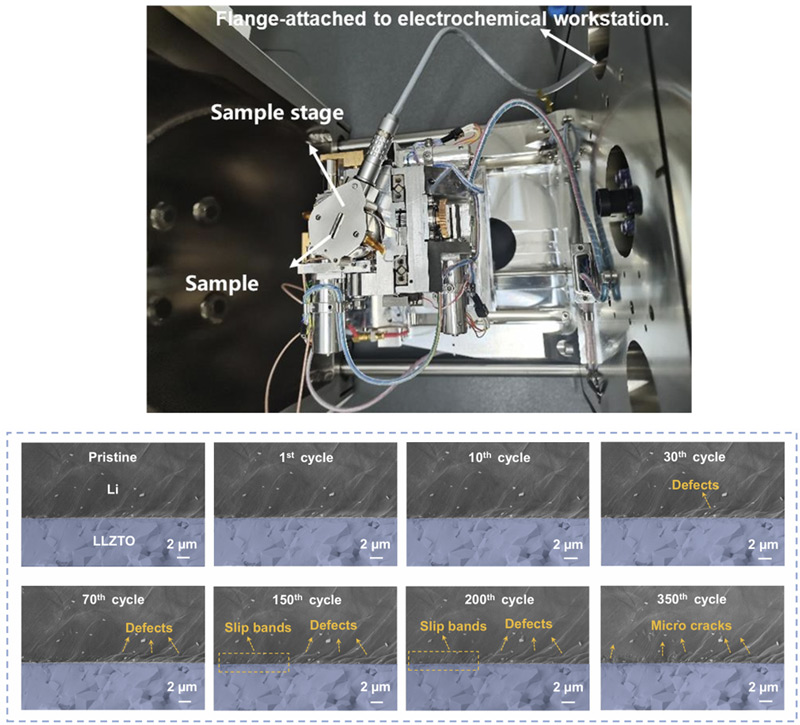
CIQTEK’s In-situ Mechanical Solution also supports multi-field coupling (mechanical, thermal, electrochemical), enabling nanoscale real-time observation of materials under complex environments. By synchronizing high-resolution imaging with in-situ signals, researchers can capture critical phenomena such as crack propagation, phase transitions, and interfacial reactions with precision.
With a temperature range of -170 to 1200 °C, advanced load control, and rapid response systems, it accurately simulates service conditions of materials across various industries. Combined with EBSD and EDS, it provides comprehensive datasets for understanding material behavior under coupled stimuli.
Successfully applied in aerospace materials, new energy devices, and biomedical materials, this solution demonstrates CIQTEK’s exceptional compatibility and scalability in advanced electron microscopy platforms.
